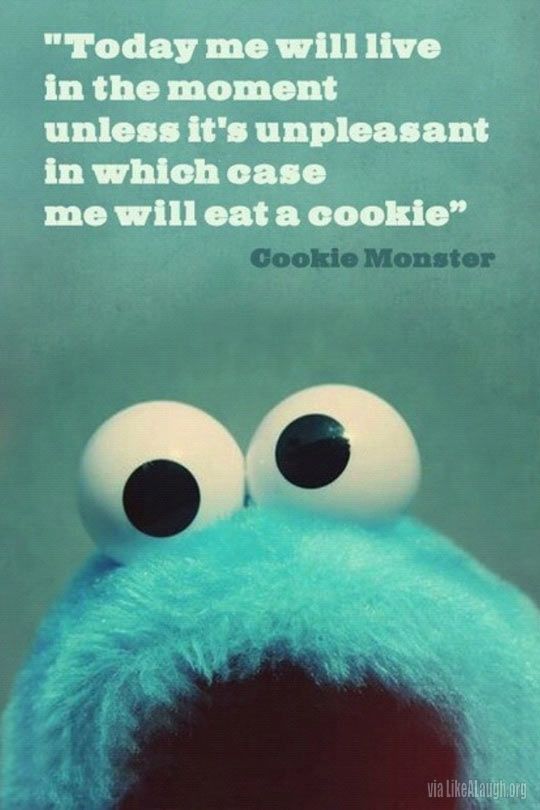Cheerleading as an effective relationship skill
 Unfortunately, the concept of cheerleading is something that I mention in WHINE, but I left out as a tool for a Non-BP/BPD relationship. I mention it when talking about what NOT to do in when a person with BPD is emotionally dysregulated (or experiencing an EDM – emotional dysregulation moment). I am planning on providing a “supplement” to WHINE on this website when I finish working on it. I left out a few things that can be effective in a relationship with someone with Borderline Personality Disorder, and these things have come up in the ATSTP Email Support Group. So, I’ve decided to address one of these, cheerleading, now.
Unfortunately, the concept of cheerleading is something that I mention in WHINE, but I left out as a tool for a Non-BP/BPD relationship. I mention it when talking about what NOT to do in when a person with BPD is emotionally dysregulated (or experiencing an EDM – emotional dysregulation moment). I am planning on providing a “supplement” to WHINE on this website when I finish working on it. I left out a few things that can be effective in a relationship with someone with Borderline Personality Disorder, and these things have come up in the ATSTP Email Support Group. So, I’ve decided to address one of these, cheerleading, now.
Not all interactions are appropriate for cheerleading; in fact, many interactions are not. If you tell someone “you can do it” when they deeply believe that they can’t, this could lead to a mistrust of your opinion of them. In the case of dealing with an emotional person, typically, “positive mental attitude” statements are unhelpful and invalidating. Saying there’s “no need to be sad/scared/angry” for example just serves to invalidate the emotion that the other person is already feeling.
Many people think that effective cheerleading statements involve saying that one person is “proud of” the other, “believes in” the other or “loves” the other. The problem with each of these is that 1) those statements are about how YOU feel and 2) Those statements don’t necessarily foster effective behavior.
At www.dbtselfhelp.com (which is a wonderful resource that I highly recommend) the worksheet on cheerleading states that there are three types of effective cheerleading statements. Mainly, that site is for self-cheerleading, so I will try to adapt these to relationship cheerleading. The types are:
Three types of cheerleading statements:
1. Statements that provide the courage to act effectively
2. Statements that help in preparing for the situation, getting ready to be effective, to focus on what works
3. Statements that counteract myths about interpersonal behavior.
In WHINE, I suggest a tool that can help with #1, which is the tool to “Be Brave.” While a person’s inclination may be to avoid an uncomfortable situation or to behave in a conditioned or ineffective manner (because of lack of courage or self-assurance about the situation), being brave in the face of uncomfortable situations reinforces itself and serves to support type #1.
Some examples of #1 might be:
“You can do hard things.” (which is my favorite and can apply to both #1 and #2)
“Remember the time you did [whatever]. That was so brave of you in that situation.”
“I’m impressed with your courage in the face of that.”
“Yeah, that is really hard. At the same time you have faced something like that before…”
If you combine “Be Brave” with “You can do hard things,” you go a long way to being more effective, because these two concepts help counteract the idea that you are “walking on eggshells” around someone else and that your feeling that avoidance of an emotional situation is the best route to take. I believe taking on an emotional situation head-on is more effective than letting it fester – both for you and for the person with BPD.
In type #2, the focus should be on effective behavior for a future task. #2 is quite important and, in some ways, is the most difficult type to effectively navigate. Because of conditioned ineffective behavior and the sway of negative emotions, a person might be tempted to repeat ineffective behavior, based on the emotions that they are feeling. A work (or school) situation is a good example of this dynamic. If someone is having a problem with their boss, they might, in anger, have the urge to quit the job or lash out at the boss (or the customers). Work situations can be especially frustrating for a highly emotional person. Work that they consider menial or “beneath them,” overbearing bosses, long periods of downtime in which a person can ruminate or become paranoid that others don’t like them, all contribute to frustration at work.
Some examples of #2 might be:
“You have every right to be angry. Still, the last time he said that sort of thing, you reacted positively. I think that worked out pretty well.”
“Bosses can be a real pain. I know when my boss gets on me; I try to do [something effective]. I’ve seen you do that in the past, so you know you’re capable.”
“You had a similar situation when [whatever] happened and you handled that well.”
In type #3, you are debunking deeply-held beliefs about interpersonal behavior. This technique can be tricky, because a person who is overcome with emotion might not be able to see the other side of the coin. In this type, you are basically reiterating that a person has the rights to their feelings and emotions and helps counteract the idea that other people might not like them just because of an emotional situation.
Some examples of #3 are:
“It’s hard when your co-workers are angry at you. I know I don’t like that either. Yet sometimes it’s about their anger more than your behavior.”
“I think you have the right to state your feelings about the situation.”
“You have every right to ask for what you want, even if you think that will annoy them.”
“I think there’s a lot of validity in how you feel, certainly as much as how they feel.”
“Sometimes I think you have to stand up for your rights. I’m impressed when you have done that in the past.”
“Sometimes people get annoyed when you don’t do exactly what they want. However, you have rights and feelings too.”



3 Comments
BeyondTheBorder
Having BPD sucks… =(
http://www.musecrafters.com/beyondtheborder
Bon Dobbs
Yes, having BPD DOES suck. It causes so much emotional pain for the sufferer that it can be difficult to bear. I don’t know your situation, but I hope that you can find some sort of aid to ease your pain.
Take good care,
Bon
Pingback: